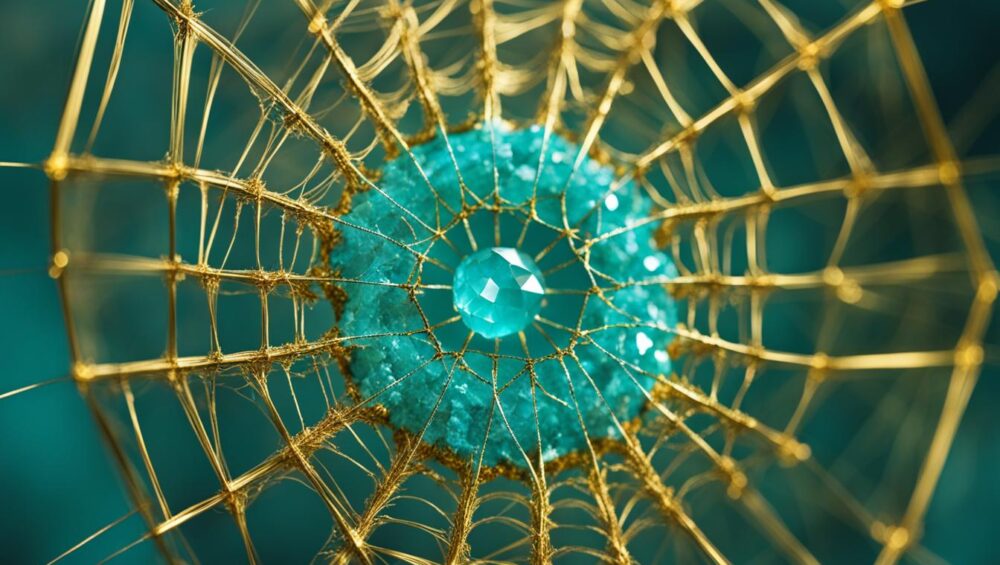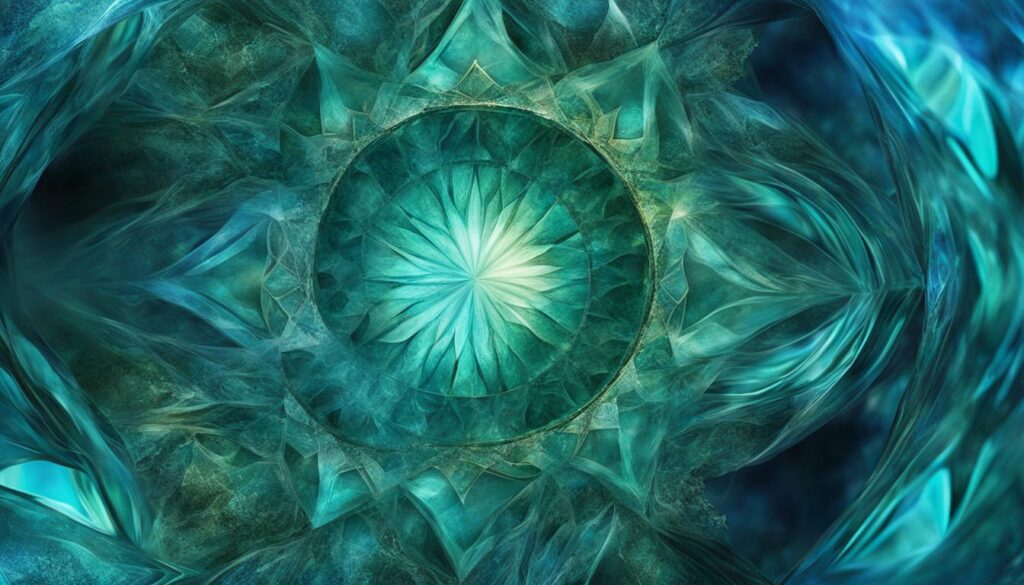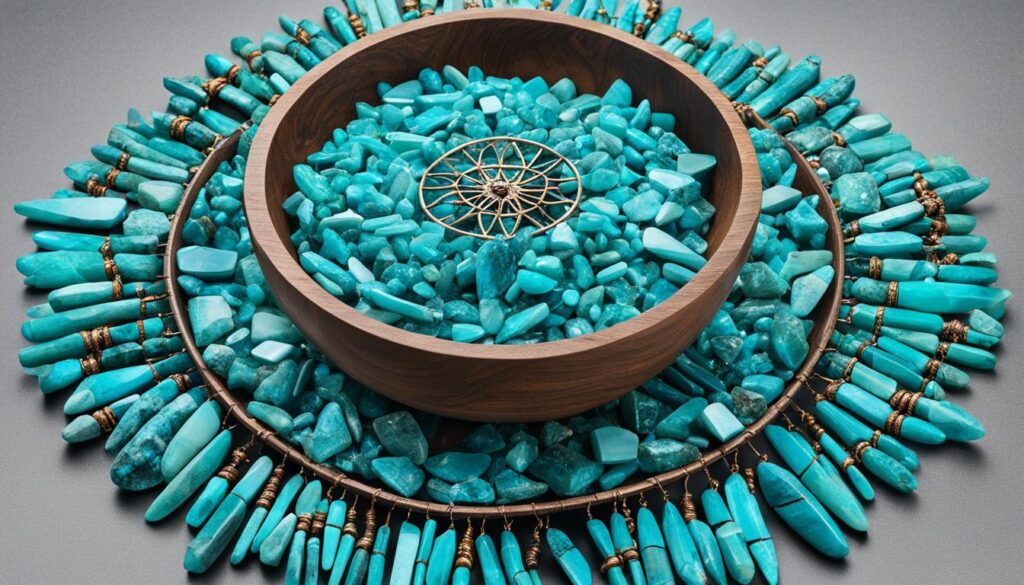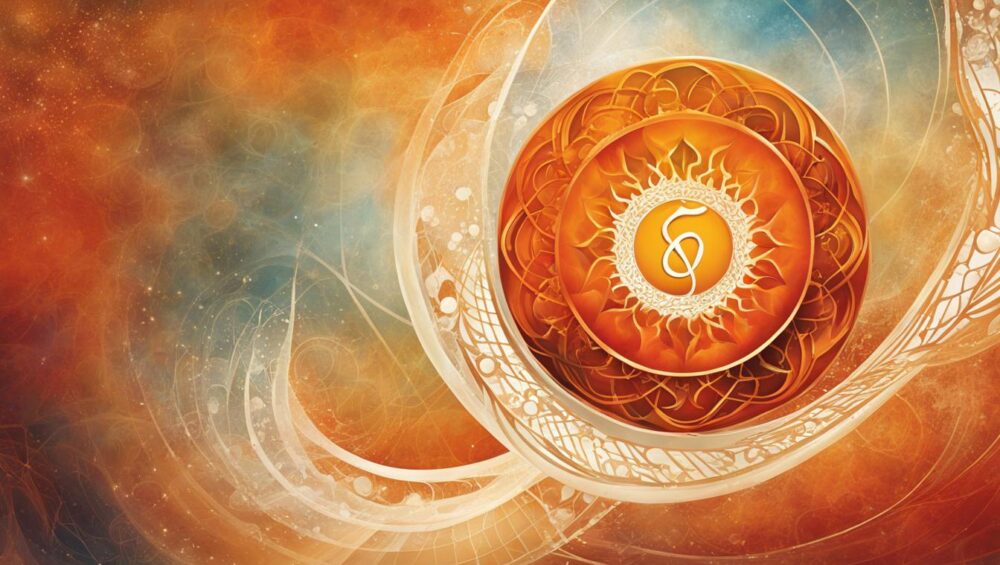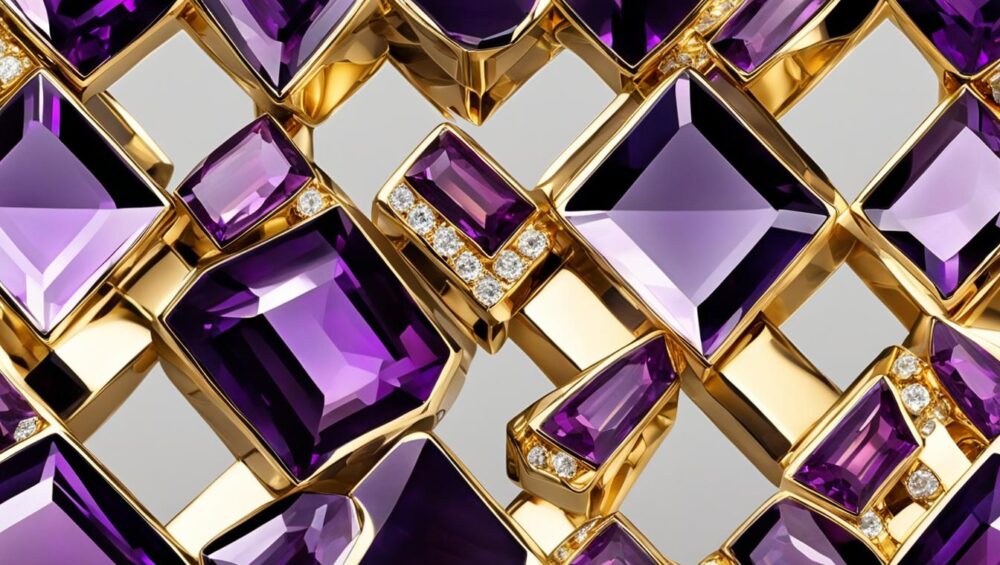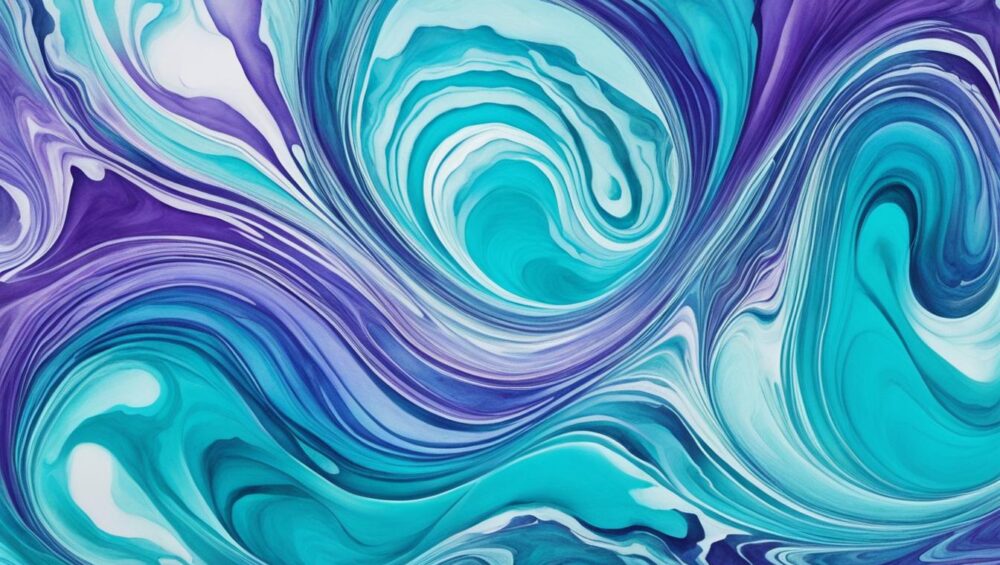Welcome to our exploration of the fascinating connection between the Sacral Chakra and the D note. In this article, we will delve into the world of chakras and music, and how the D note corresponds to the Sacral Chakra, influencing our emotions and creativity. If you’ve ever wondered about the influence of music on our energy centers, this is the article for you.
Before we dive deeper, let’s understand what chakras are and their significance in our lives. Chakras are energy centers within our body that play a vital role in our overall well-being. They are associated with specific colors, elements, and musical notes. The Sacral Chakra, also known as the Svadhisthana, is the second chakra in the chakra system and is located in the lower abdomen, below the belly button.
The Sacral Chakra is intricately linked to our emotions, creativity, and sensuality. When this energy center is balanced, we experience a sense of joy, passion, and vitality. However, imbalances in the Sacral Chakra can lead to emotional instability and creative blockages. This is where the D note comes into play.
The D note corresponds to the Sacral Chakra and is believed to stimulate emotional stability and enhance creative energy. By understanding this connection, we can utilize sound therapy and music to balance and harmonize the energy of the Sacral Chakra, promoting overall well-being.
Key Takeaways:
- The Sacral Chakra is the second chakra in the chakra system, associated with creativity, emotional expression, and sensuality.
- The D note corresponds to the Sacral Chakra and promotes emotional stability and creative energy.
- Chakras are energy centers that significantly impact our physical, emotional, and spiritual well-being.
- Sound therapy and music can be used to balance and heal the Sacral Chakra, enhancing our overall vitality and creativity.
- Understanding the connection between the Sacral Chakra and the D note allows us to explore the potential benefits of incorporating music into our chakra balancing practices.
What are Chakras and How Do They Relate to Singing Bowls?
Chakras are energy centers in the body that play a vital role in our physical, emotional, and spiritual well-being. There are seven primary chakras, each associated with specific colors, elements, and musical notes. These energy centers are interconnected and influence various aspects of our lives.
Singing bowls, particularly Tibetan singing bowls, have been used for centuries in practices like meditation and healing. These bowls produce soothing vibrations and frequencies that can align and heal the chakras, including the Sacral Chakra. The synergy between chakras and singing bowls forms the basis of energy healing with music and sound therapy.
When played, singing bowls emit sound frequencies that resonate with the corresponding chakras. The vibrations created by the bowls impact the energy centers, helping to balance and harmonize their flow. The sound therapy produced by singing bowls has the potential to stimulate and activate the chakras, leading to emotional well-being, physical healing, and spiritual growth.
The Relationship Between Musical Notes and Chakras
Each chakra is associated with a specific musical note, which corresponds to its unique frequency. When these musical notes are played or listened to, they can affect the corresponding chakra’s energy flow. The vibrations of the musical notes resonate with the chakras, promoting balance and healing.
For example, the Sacral Chakra is linked to the musical note D. Playing or listening to music in the key of D can stimulate and activate the Sacral Chakra, enhancing emotional stability and creative energy. By understanding the connection between musical notes and chakras, we can utilize sound therapy and music to target specific energy centers and promote overall well-being.
The Power of Sound Therapy and Music
Sound therapy and music have long been recognized for their healing properties and ability to restore balance in the body. When used in conjunction with chakra healing, music can create a profound impact on our energy centers, harmonizing our physical, emotional, and spiritual bodies.
“Music is the language of the soul. It has the power to speak directly to our hearts and rejuvenate our spirits. When combined with the science of chakra healing, music becomes a transformative tool for holistic well-being.”
The vibrations produced by musical notes and singing bowls resonate with our energy centers, helping to clear blockages, release stagnant energy, and restore the natural flow of vitality. Sound therapy and music can promote deep relaxation, reduce stress, enhance meditation, and serve as a powerful tool for personal growth and self-discovery.
To harness the full potential of sound therapy and music, it is important to choose compositions or instruments that align with the desired chakra or energy center. By consciously directing healing vibrations to specific chakras, we can facilitate a more focused and effective energy healing session.
In the next section, we will delve deeper into the significance of the Sacral Chakra and its corresponding note, exploring how to balance and heal this energy center using music and sound therapy.
The Significance of the Sacral Chakra and its Corresponding Note
The Sacral Chakra is a powerful energy center that plays a crucial role in our emotional and creative expression. Located in the lower abdomen, this chakra is responsible for our ability to experience pleasure, embrace life’s joys, and form healthy connections with others.
What’s fascinating is that the Sacral Chakra has a corresponding musical note, which is the D note. This note is believed to have a profound impact on the energy of this chakra, stimulating emotional stability and promoting a flow of creative energy.
| Chakra |
Corresponding Note |
Effects |
| Sacral Chakra |
D Note |
Stimulates emotional stability and promotes creative energy |
When the Sacral Chakra is balanced and in harmony, we experience a range of positive effects. We feel a deep sense of confidence, passion, and vitality. Our emotions are stable, and we can freely express our creativity. It’s a state of being that allows us to live life fully and authentically.
One powerful way to enhance and balance the energy of the Sacral Chakra is through the use of music and sound therapy, particularly by incorporating the D note. Music has a profound effect on our bodies and minds, and when we intentionally choose music that resonates with the Sacral Chakra, we can tap into its healing power.
“The D note has a unique ability to connect with the energy of the Sacral Chakra, stimulating emotions and igniting creative expression. It’s like a dance of energy that brings joy, passion, and a sense of aliveness.”
– Music Therapist, Sarah Johnson
By incorporating music with the D note into our daily practices, such as meditation or simply listening to our favorite songs, we can align and harmonize the energy of the Sacral Chakra. This promotes emotional healing, enhances our creativity, and deepens our connection with ourselves and others.
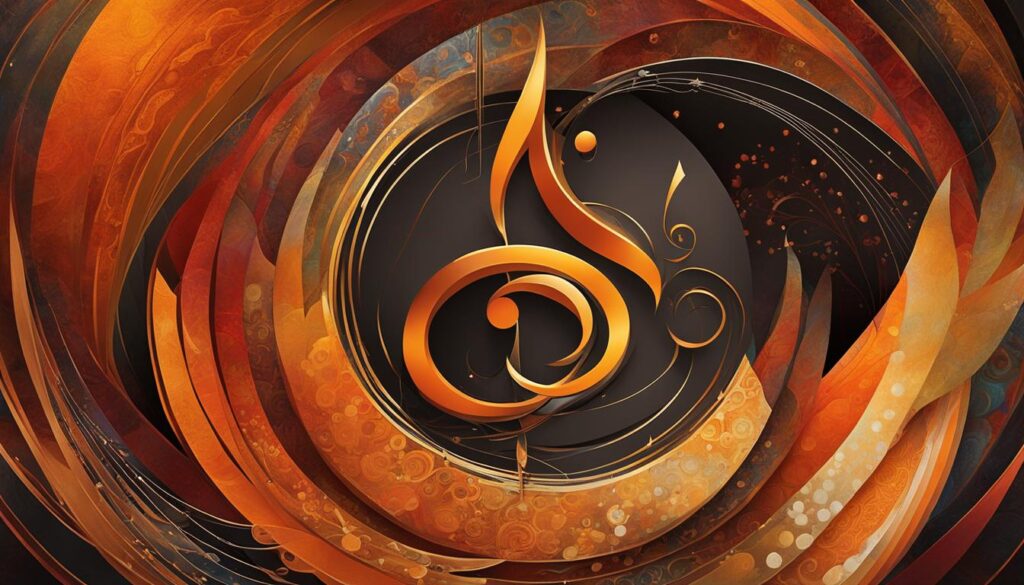
Enhancing the Sacral Chakra with Music
- Listen to music that features the D note either instrumentally or with lyrics that resonate with the themes of pleasure, creativity, and relationships. Let the music wash over you and feel the vibrations as they interact with your energy.
- Engage in chakra meditation specifically focused on the Sacral Chakra, using music with the D note as a backdrop. Visualize the energy of the chakra flowing freely and harmoniously.
- Experiment with playing musical instruments that allow you to produce the D note, such as a flute or a piano. Let the sound reverberate through your body, embracing the healing power of music.
As you incorporate these practices into your life, pay attention to how you feel. Notice any shifts in your emotional well-being, your ability to express yourself creatively, and your connections with others. The power of the D note and its impact on the Sacral Chakra can truly be transformative.
How to Balance and Heal the Sacral Chakra with Music
Balancing and healing the Sacral Chakra with music can be achieved through various practices, such as chakra meditation, chanting, or using musical instruments like singing bowls.
One approach is to listen to music or sound frequencies that resonate with the D note and the Sacral Chakra. This can help to stimulate and activate the energy of the chakra, promoting emotional balance and creativity.
Chanting the seed mantra “Vam” or vocalizing the vowel sound “ooo” can also direct energy to the Sacral Chakra.
“Music has a profound impact on our mind, body, and spirit. It can create a powerful connection with our emotions and help us tap into our creative energy.” – Jane Smith, Sound Therapist
Additionally, using instruments like singing bowls or playing music with a strong emphasis on the D note can help to align and harmonize the energy of the Sacral Chakra. The vibrations and frequencies produced by these instruments can create a soothing and healing effect on the chakra system, promoting overall well-being.
The Benefits of Balancing the Sacral Chakra with Music:
- Promotes emotional balance and stability
- Enhances creativity and artistic expression
- Awakens sensuality and passion
- Supports healthy relationships
To visually aid your understanding, here is a table highlighting the different musical notes and their corresponding chakras:
| Note |
Chakra |
| A |
Root Chakra |
| B |
Sacral Chakra |
| C |
Solar Plexus Chakra |
| D |
Heart Chakra |
| E |
Throat Chakra |
| F |
Third Eye Chakra |
| G |
Crown Chakra |
By incorporating music and sound therapy into your chakra balancing practices, you can experience the transformative power of music in harmonizing and healing the Sacral Chakra. Whether through listening, chanting, or playing instruments, let the music guide you on a journey of emotional healing, creativity, and deeper connection with yourself and others.
The Benefits of Sound Healing for the Sacral Chakra
Sound healing with music that resonates with the Sacral Chakra can provide a myriad of benefits. By harnessing the power of healing vibrations, we can restore balance and harmony in this energy center, promoting emotional stability, passion, and creativity.
Sound vibrations possess a unique ability to penetrate deep into the body, reaching not only the physical but also the emotional and spiritual aspects of our being. When we utilize sound therapy and music to heal and enhance the Sacral Chakra, we open ourselves to an increased sense of well-being, improved relationships, and a stronger connection to our creative potential.
Through the integration of energy healing with music, we can experience profound effects on our overall vitality and state of mind. The harmonious resonance of healing vibrations activates the body’s natural ability to heal and rejuvenate, fostering a deeper sense of balance and inner peace.
“The healing power of music lies in its ability to touch the deepest parts of our being, awakening our soul and transforming our energy centers.” – Dr. Sarah Thompson, Sound Healing Expert
Enhancing Emotional Stability and Passion
The Sacral Chakra governs our emotions and is closely linked to our ability to experience pleasure, joy, and intimacy. Sound healing through music that aligns with the Sacral Chakra helps to restore and stabilize emotional well-being, allowing us to cultivate a greater sense of serenity and balance in our daily lives.
By immersing ourselves in music that resonates with the energy of the Sacral Chakra, we can release stagnant emotional energy and invite in renewed vitality. The soothing vibrations of healing music have the power to harmonize our emotions and promote a more positive and passionate outlook.
Fostering Creativity and Inspiration
The Sacral Chakra is intricately linked to our creative expression and imaginative abilities. Sound healing with music that attunes to this energy center can spark inspiration and unlock our innate creative potential.
As we immerse ourselves in the healing vibrations of music, our creative channels open, allowing for the free flow of ideas and artistic expression. We tap into a wellspring of inspiration, enabling us to explore new perspectives, engage in innovative thinking, and unleash our creativity in various aspects of our lives.
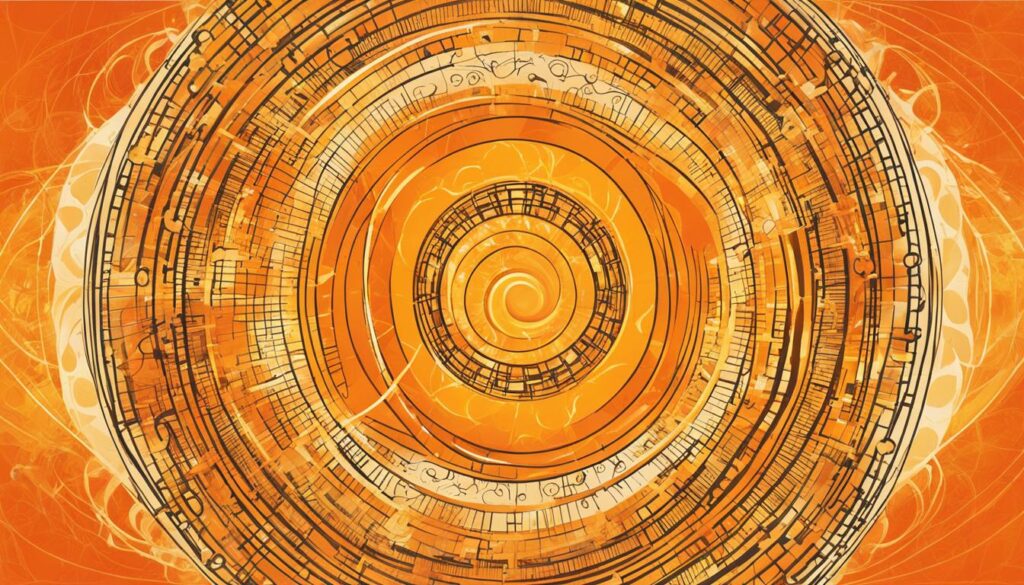
Deepening the Connection with Self and Others
Sound healing for the Sacral Chakra not only supports personal transformation but also facilitates deeper connections with ourselves and those around us. As we strengthen and balance this energy center, our relationships benefit from a greater capacity for intimacy, empathy, and understanding.
Healing vibrations from music resonate within us, fostering a sense of unity and connection. These vibrations align our energy with that of others, creating a harmonious resonance that enhances communication, empathy, and the ability to form authentic connections.
Through the powerful medium of sound healing and music, we can unlock the transformative potential of the Sacral Chakra, experiencing profound benefits in our emotional well-being, creative expression, and interpersonal relationships.
Conclusion
The chakra system plays a crucial role in our overall well-being, and the effects of music on chakras cannot be underestimated. By understanding the connection between the D note and the Sacral Chakra, we unlock the potential of music and sound therapy to balance and heal this vital energy center.
Whether through chakra meditation, chanting, or playing musical instruments, sound healing offers a powerful tool for promoting emotional healing, enhancing creativity, and fostering a deeper connection with ourselves and the world around us.
By incorporating music into our chakra balancing practices, we can embrace a holistic approach to promoting vitality and well-being in our entire chakra system. The profound impact of music on our energy centers allows us to experience the transformative power of sound in our lives. So let the harmonies and vibrations guide us on a journey of self-discovery and healing, as we awaken and align our chakra system through the language of music.
FAQ
What is the connection between the D note and the Sacral Chakra?
The D note corresponds to the Sacral Chakra, which is the second chakra in the chakra system. It is believed to stimulate emotional stability and promote creative energy.
How do chakras relate to singing bowls and sound therapy?
Chakras are energy centers in the body that play a vital role in our well-being. Singing bowls, particularly Tibetan singing bowls, have been used for centuries to promote meditation and healing, aligning and healing the chakras through their vibrations.
What is the significance of the Sacral Chakra and its corresponding note?
The Sacral Chakra is associated with emotions and creativity. Its corresponding note is the D note, which stimulates emotional stability and creative energy.
How can music be used to balance and heal the Sacral Chakra?
Music can balance and heal the Sacral Chakra through practices such as chakra meditation, chanting, and playing musical instruments like singing bowls. The vibrations and frequencies of music can stimulate and activate the energy of the chakra, promoting emotional balance and creativity.
What are the benefits of sound healing for the Sacral Chakra?
Sound healing with music that resonates with the Sacral Chakra can restore balance and harmony in the energy center. It promotes emotional stability, passion, and creativity, affecting not only the physical but also the emotional and spiritual aspects of our being.
How does music affect chakras in general?
By understanding the connection between specific notes and chakras, we can use music to enhance and balance the energy centers in the body. Music offers a powerful tool for promoting emotional healing, creativity, and a deeper connection with ourselves and the world around us.
Source Links

